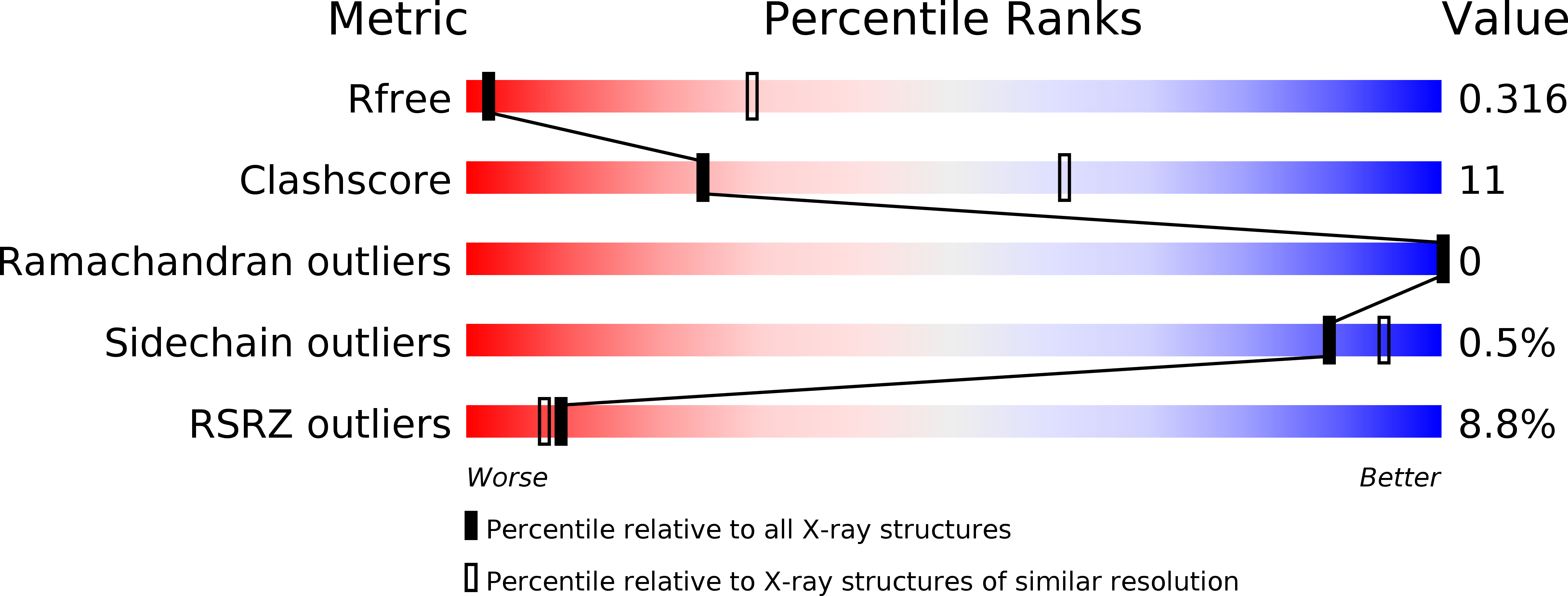
Deposition Date
2013-02-28
Release Date
2014-03-05
Last Version Date
2023-11-08
Method Details:
Experimental Method:
Resolution:
3.80 Å
R-Value Free:
0.31
R-Value Work:
0.26
R-Value Observed:
0.26
Space Group:
C 1 2 1


